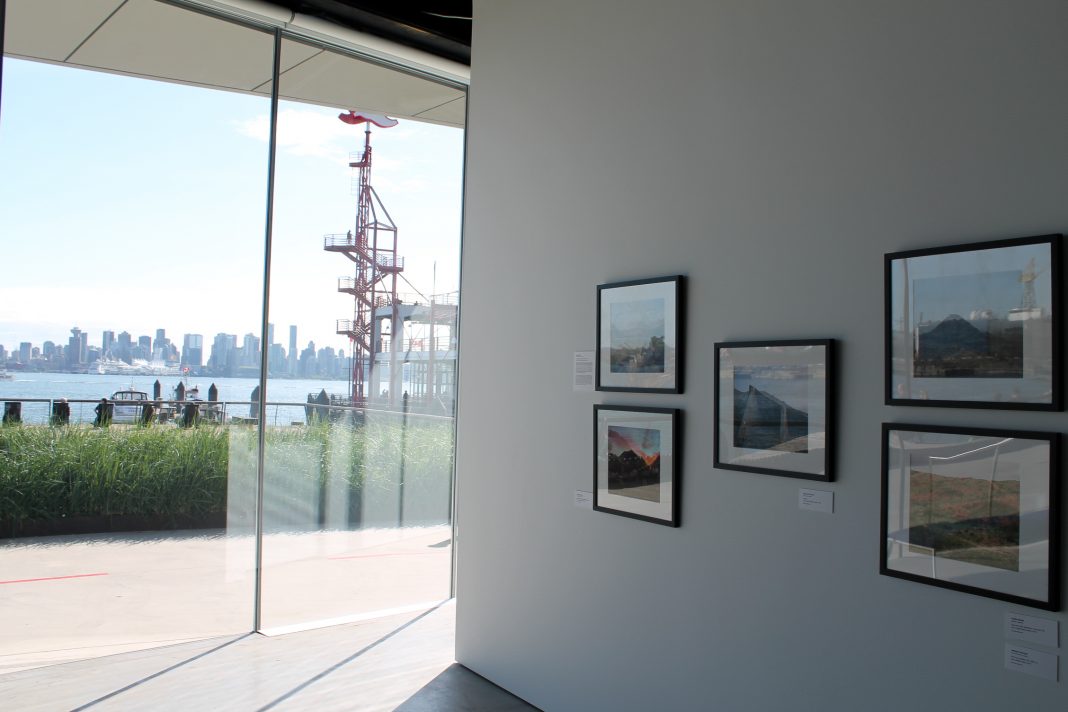By: Kaila Bhullar, SFU Student
Location, layout, and mediums are all necessary parts of an exhibition or gallery space, though they are rarely ever considered in depth. The space in which pieces are presented influence how a collection or piece is received, interpreted, and understood.
If a painting is presented in a dimly lit room, with nothing surrounding it, this piece might be meant to evoke solitude and isolation. If we were to see the exact same painting presented in a bright and open space, we read it in a completely opposing manner.
So how are we supposed to make sense of the relationship between our eyes and mind? What is it about galleries and spaces that is crucial in delivering the best perceptual experience? To explore these questions, I took a closer look into featured exhibitions at two Vancouver art galleries, the Polygon Gallery in North Vancouver and the Catriona Jeffries Gallery in the Downtown Eastside, to see how their art objects interact with their surrounding spaces.

Upon arriving at the Polygon Gallery, located at the Lonsdale Quay, I was struck by the sense of immersion. The cascading light, shining through the open windows of the gallery exposes the cinematic sea views of North Vancouver. The large open rooms display videos and photography of worldwide artists. Using its physical layout, the Polygon creates an exhibition experience in which the viewer can form a relationship with the works in a unique and personal fashion. Gallery-goers direct themselves and their own experiences through the room as the open space puts the viewer in charge of how they want to see which artworks. Along with its nonchalant and interactive atmosphere, the Polygon encourages its visitors to think critically by presenting works that are more that just visually appealing, letting them connect with the conceptual pieces in a more thought-provoking, inspiring manner.
The Catriona Jeffries Gallery at Campbell and Cordova, despite its similarly open and bright layout, felt completely different. The space was very minimalist, featuring neutral colours and works that appeared more focused on experimental forms, textures, and mediums than on concepts — though this did not make the work any less intriguing and provocative.

The space forces the viewer to really get close to the works to notice all the subtle details, which allows for a very intimate experience in finding associative meaning. The open layout of the space also allows for a very natural flow through the gallery. Where the Polygon’s open layout leads to a self-directed experience, the Catriona Jeffries Gallery’s openness instead encourages us to follow the exhibition sequentially.
The gallery as a whole has an individualized, distinct, and almost secretive or mysterious feel to it. Even the building furthers this sense — it’s a little hidden and has a completely black exterior.
The two galleries offer a range of takes on creating engaging spaces in which we can experience its contemporary art. Whether you prefer immersive and playful venues or mysterious and subjective ones, the two galleries aim at facilitating the best subjective interpretations and encourage creative and pivotal thinking.




